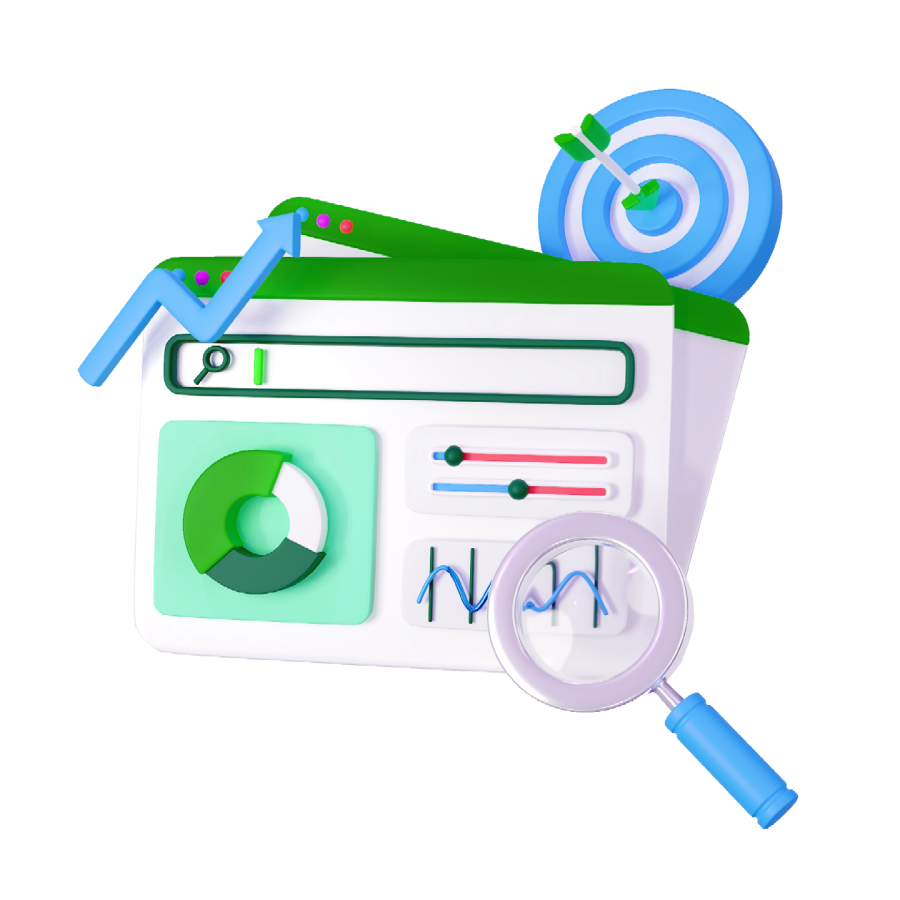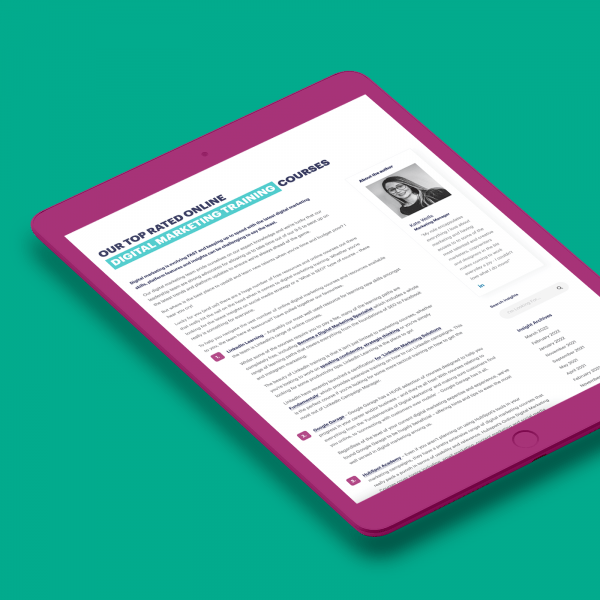Even the most brilliantly crafted blog can struggle to gain the visibility it deserves in a crowded online world. Sometimes they need a helping hand to reach the dizzying heights of the first page of Google!
There are many SEO strategies that can significantly boost traffic to your pages. By implementing the right techniques, you can improve your blog’s search engine rankings, attract more readers, and ultimately grow your audience. Here’s our 7 top tips for putting your blog on the map.
1. Capture your audience with an engaging title
A title is your first impression—it should be intriguing and reflective of your blog content. An engaging title can immediately hook an audience seeking specific insights. However, it’s equally important for the title to stay relevant to the blog’s subject matter so users trust your content. Also consider that your title needs to be SEO friendly. Think about what your audience is likely searching for when crafting titles and create your title with your audience’s pain points in mind. What would entice them stop scrolling through social media and invest their time in reading your blog?
Would it not be more for consistency and trusting the content, rather than repeat returns to the site?
2. Use Keywords to get ahead
To attract the right audience, it’s crucial to include relevant keywords throughout your blog to optimize its SEO ranking. Therefore, your blog should be full of keywords right from the start, including the title, the relevant subheadings, and opening
paragraph. Using long-tail keywords is a strategic approach to staying ahead. These keywords are phrases that customers use when searching for specific information, often appearing as suggestions when typing the first few words. By incorporating long-tail keywords in your blog, you will increase the visibility and reach of your pages, catering more precisely to what potential users are searching for.
Keywords play a crucial role in title tags for SEO. Selecting a title tag with a relevant keyword can enhance the discoverability of your blog by search engines. However, it’s important to maintain a balance since you’re ultimately writing for human readers. Avoid stuffing the title tag with too many keywords, as you want to engage the reader with something short and to the point. Instead, consider incorporating the product or service you offer towards the end of the title. Be mindful not to exceed 65 characters, as search engines prefer concise titles. This approach ensures your title tag is both SEO and user-friendly.
What do you mean by this? That you don’t want the language to sound robotic?
3. Craft a concise summary
A meta description is like a movie trailer for your article. It should be a short, snappy statement that entices users to click on your post. Found under the meta title, the meta description tag provides a concise summary that readers see before clicking on an article. When written effectively, meta descriptions can significantly boost your click-through rate and help reach more readers. To create effective snippets, think about using keywords relevant to your blog, ensure they are descriptive to engage the user, and make them unique to stand out from the crowd.
4. Connecting your blog
Well thought-out linking is a proven method to enhance traffic to your site. Both internal and external links play a crucial role in improving your blog’s search engine rankings, as search engines such as Google prioritise pages with a strong link profile.
- Managing internal links enables you to incorporate links to other related and appropriate pages within your blog. Consider not only including links to your pages via menus and toolbars but also strategically placing relevant links at the end or the side of your blog pages.
- Backlinks can be game changers when trying to increase the visibility of your blog. They are links originating from external websites directing traffic to your page. Backlinks are crucial for SEO because search engines perceive them as endorsements, thereby boosting your blog’s credibility. There are a number of ways to get backlinks. For instance, you could consider becoming a source for other bloggers and reporters so they do the same for you, or you can try promoting your content to relevant publications.
5. Keep Your Blog Well-Organised
A well-structured site is vital for your blog, as it enhances the user experience. Easily navigable pages where users can quickly find the answers and opinions they seek, benefits both the user and search engines, helping your content rank higher in search results. One way of creating a user-friendly blog is optimising header tags. Using H1 (title) all the way to H6 (smaller subsections for clarifying points in H5) helps create coherence throughout your pages, making the user experience positive and increasing traffic to your blog.
6. Optimise for Mobile Users
Nowadays more than half of web traffic comes from mobile phones. To enhance your SEO, it’s crucial to have a blog where the user experience is both mobile and laptop friendly. To ensure a positive experience using handheld devices, your blog must be easy to navigate, responsive and has optimized site speed. Also avoid pop-ups and redirects, and ensure you do not block JavaScript, HTML, or CSS code.
7. Produce regular content
Finally, you must post consistently. It’s essential that blogs are published with fresh and relevant content regularly, as search engines such as Google reward such sites by positioning them higher up the rankings. Additionally, a consistent blog helps build your brand, maintain audience interest, and expand your following. By maintaining a steady stream of quality content, you build trust with your readers and encourage them to return to your blog regularly.
So there you have it! Start optimising your blog posts today with our top tips, and you’ll be well on the way to higher ranking blogs on Google.
Whilst we’re confident that we’ve given you the tools to start optimising your content yourselves, we understand that finding the time to craft exceptional content can be challenging. At ResourceiT, we have a team of content creation and SEO experts waiting in the wings, ready to support you with all your blog writing and SEO needs. Please don’t hesitate to get in touch, where one of the team would be delighted to chat with you about your marketing goals and objectives.





